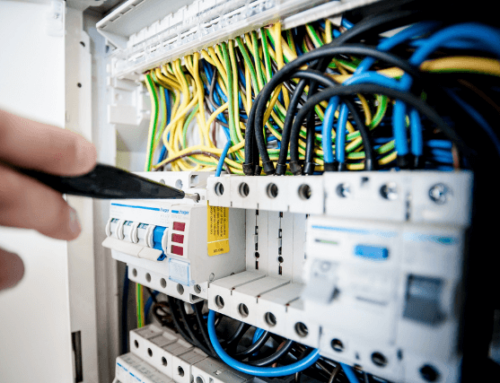Take 5 minutes to read this article
Change can be unnerving, especially when it involves the maintenance and support of your enterprise hardware. You trust the OEM to take care of your equipment, but the support costs are beginning to take a toll now that EOL has been called on your equipment.
You need to find an alternative. One that doesn’t charge a premium. But one that provides the same level of service and the same quality replacement parts that you had before.
To help calm your mind, we’ve put together a few questions to help you properly vet a potential Third-Party Maintenance (TPM) vendor.
Five Key Questions to Ask Before You Sign
1. How Global Are You?
Considerations: If you are a multinational company, you need a vendor that can support you and have boots on the ground wherever you operate (within your critical SLA windows). If your vendor has limited reach, then you face having to partner with additional TPM vendors in different regions just to cover your international network of datacenters. Vendor sprawl is a real issue in IT. Fundamentally, you are looking to save money through TPM, not add redundant services or unnecessary overhead to your budget.
2. How Do You Vet Your Engineers?
Considerations: IT teams are becoming more and more generalized, which means that any outsourced engineer needs to be well-versed in a broad spectrum of data center and network support protocols. As such, it is essential to determine that each member of the TPM vendor’s workforce can provide the same level of quality and service that the OEM provided under your hardware warranty.
If the TPM vendor doesn’t have a standardized process in place to find, vet, and hire engineering talent (and if the vendor is unwilling to share it with you), then there is no guarantee for standardization of services and procedures from visit to visit.
3. How Do You Spare Your Parts?
Considerations: First, does the TPM vendor spare at all? Some vendors only source spares when your devices break. This just-in-time replacement methodology lead you vulnerable to fluctuating market conditions if, for example, no replacement device is available close enough to meet your SLAs.
For your legacy hardware to be supported for as long as you want to operate off of it, you need assurances that the vendor has access to a steady stream of quality spare and refurbished parts. Ask your vendor how invested it is in secondary markets, where it tends to pull stock from, how it purchases stock, and, most importantly, how it tests each component for quality and authenticity.
While using refurbished equipment saves on overhead, you also need to be sure that the components will perform well under the pressure of your high-performance environment.
4. How Transparent Are You Willing to be About Your Processes?
Considerations: As we touched on in #2, your potential TPM vendor should be willing to be transparent about its processes, protocols, and other internal standardization methods. If the vendor is unwilling to do so, then it might be slack in certain areas (whether that be a lack of standardization or the unsavory cutting of corners). When your compliance is on the line, you need concrete assurances that your vendor has nothing to hide and that it will, in turn, give you nothing to hide from your auditors.
5. What Are Your SLAs, and How Do You Define Them?
Considerations: Many support vendors operate off a generalized 24x7x4 service level agreement, with a response window of 4–24 hours. Often that response window simply includes a call back to discuss your Help Desk ticket—it rarely includes the time to deployment or resolution.
You need to determine how reactive your TPM vendor is to critical issues in your data center. If its response time is “four hours,” then how soon will you actually have a technician deployed to your site? Consider how expensive even a few minutes of downtime can be for your business; you need to determine what its SLA responsiveness actually means.
CentricsIT Covers All the Bases
CentricsIT has an international network of engineers that gives us the global reach we need to provide services for our clients, no matter where they operate. Our warehousing solutions span 93 countries across the globe, and we pull our IT talent from the same pools of deployable engineers that the OEMs leverage. In addition, we put each engineer through a stringent, standardized vetting process, guaranteeing the expertise you need for the job. Using our strategic position within secondary markets—which guarantees that we always get the best deal on a given line of hardware, both buying and selling—we spare locally at one of our 167 secure warehouses worldwide.
While we fundamentally operate on the same 24x7x4 model as the OEMs, we define our SLAs to be more client-friendly than the competition. Because we understand how crippling downtime can be, our “four-hour response window” includes Help Desk ticket submission, call back, and deployment.
This means we will have an engineer with part in hand at your datacenter door within those four hours.
CentricsIT also strictly maintains ISO 9001 quality certifications. This acts as a framework and form of accountability throughout our purchasing and testing processes to ensure that only the highest quality components deploy to your data centers. We will even share a list of spare parts we are sending to each warehouse to support your specific contract, if you wish.
Isn’t it time to find a TPM partner that can scale with you?





